Wholegrain bread is one of the most valuable foods for people, as long as it is made from quality materials and has no undesirable ingredients such as additives, stabilizers and preservatives. In essence, wholegrain bread is made from flour which uses all parts of the grain. It is a source of valuable nutrients for modern day man.
There are statistics that consumption of healthy types of bread, including wholegrain, is one of the most dynamically developing market niches.
The power of whole-grain bread lies in the fact that it is made by grinding the whole grains, which contain all the natural fibers, vitamins, minerals and nutrients that are important for the body and give it the necessary energy.
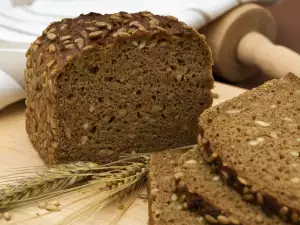
There are different types of wholegrain bread, but the unifying factor in all of them is that they are made from whole grains. Some of the products on the market are a mixture of higher percentages of whole wheat flour and lower percentages of white flour. Only 100% whole wheat bread guarantees that everything healthy is in the grain. Among the products labeled "whole grain" you will find: wheat bran, rye bran and whole wheat multigrain, with the addition of various types of seeds (flax, poppy, sesame, oats, etc.)., vitamins and fibers.
Wholegrain bread differs from others in its way of production too. As a rule, ground wheat grains are used, called wheat meal, thus ensuring the preservation of all of the components of the grain, in a balanced, natural combination. Usually this type of bread tolerates less processing, which brings it closer to being a completely natural product.
In Germany, they even make bread by adding minimal quantities of yeast, which is left to set by itself for a few days at 80°F (25 °C), without direct air contact and is then baked. This gives the bread a nice and slightly sour taste.
In general, wholegrain bread has a unique flavor, a more dense texture than white bread and has a slightly moist center. Quality wholegrain bread must be made from flour type 1850. This type of flour and the product manufactured from it have a lower glycemic index, which is beneficial for diabetics and those who wish to lose weight. Wholegrain bread is considered a dietary product.
Composition of wholegrain bread
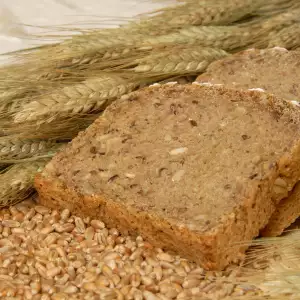
3.5 oz (100 g) of wholegrain bread contains an average of 54.6 g carbohydrates, 7.8 g protein, 0.2 g fat, various vitamins and about 100 to 250 calories in the various types. Companies producing wholegrain bread usually add the aforementioned wheat meal, sesame, poppy, flax, sunflower seeds, oats, soya beans - 10%, rye, sour dough, malt extract, compressed yeast, iodized salt and other additives (enzymes, antioxidants - ascorbic acid (vitamin C), emulsifier - sodium sterol lactate, calcium propionate) and others.
An important carbohydrate component of whole grain foods is fiber (cellulose, hemicellulose, pectins, lignins, etc.). For the most part they are not absorbed by the body but have a regulating effect on the function of the intestines.
Lack of fiber in the body predisposes it to increased risk of obesity, chronic constipation, hemorrhoids, colon cancer and intestinal diverticulosis. Proteins in wholegrain breads balance the amino acid composition or in other words - the quality of the total protein intake.
Selection and storage of wholegrain bread
When choosing wholegrain bread in a store, the first and foremost rule is to look at the content - what the percentage of flour is from ground whole grains, if there is any other added flour or additives, etc. The next criteria is related to the texture of the bread - experts are adamant that real wholegrain bread is not springy when pressed. Bread which has artificial colorants has a foam-like texture.
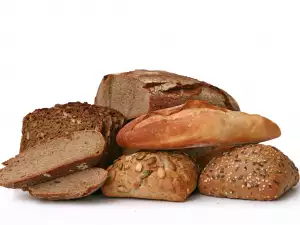
An easy and smart way with which you can check the quality of your purchased bread is to put a slice of it in a glass of water. If the bread contains any residues of coffee, caramel or other coloring agents, the water will turn darker. Quality wholegrain bread does not color the water.
Usually, the expiration date of the bread is marked on the package, but often the bread does not go bad even after the expiry date. This is also a sign that it has various preservatives. You can obtain the maximum shelf life of the bread by keeping it in the refrigerator, packed in a bag.
Benefits of wholegrain bread
Wholegrain bread is a healthy food for people with diabetes. With regular consumption of quality wholegrain bread, weight loss is observed, blood sugar is reduced, along with glycosylated hemoglobin, triglycerides and other indicators.
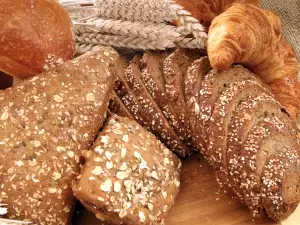
Whole grain foods have the ability to respond favorably to constipation and excess cholesterol, releasing them in the stool. It is recommended for children over 3 years of age to begin consuming wholegrain bread, nutritionists explain. As a complete food, real and natural wholegrain bread has a beneficial effect on heart function, maintains a healthy body weight, improves digestion and gives you more tone and energy. All this is a prerequisite for a better mood and confidence.
Dangers of wholegrain bread
Although beneficial for the most part, wholegrain bread, especially if it is not quality, can be risky for people with high blood sugar and insulin sensitivity. This is why diabetics should exercise caution and must not simply rely on every product labeled "whole grain". Also, there is the issue of fiber, because a certain amount of fiber is good for the body and motility, but too much of it can remove valuable minerals from the body.
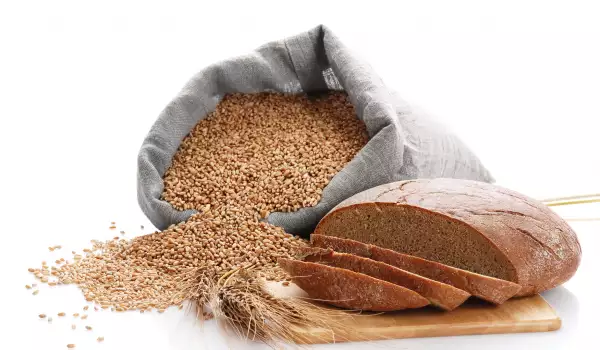
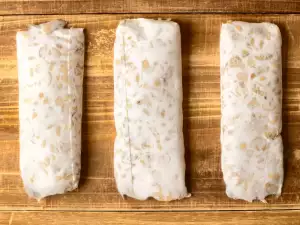

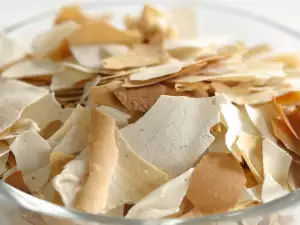




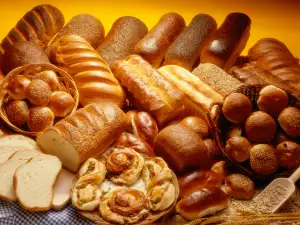

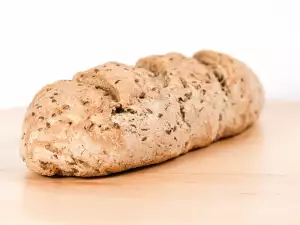
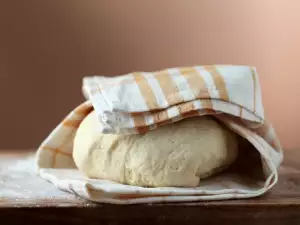
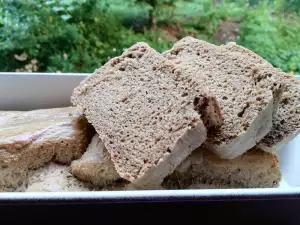
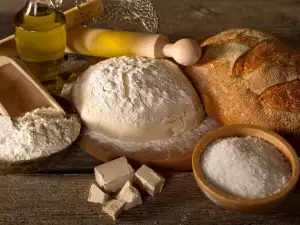





Comments